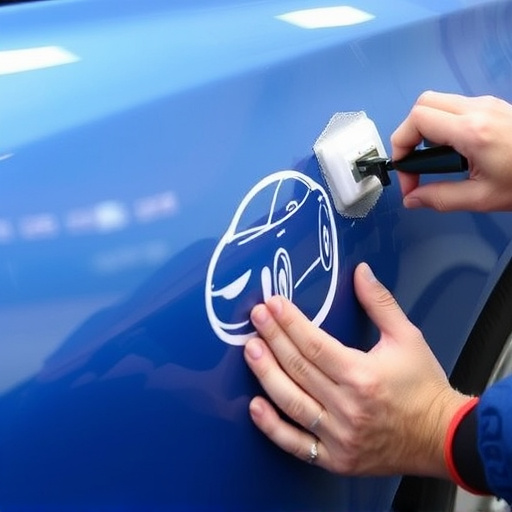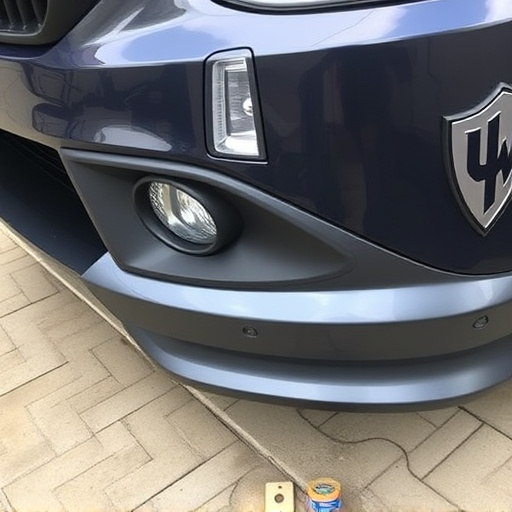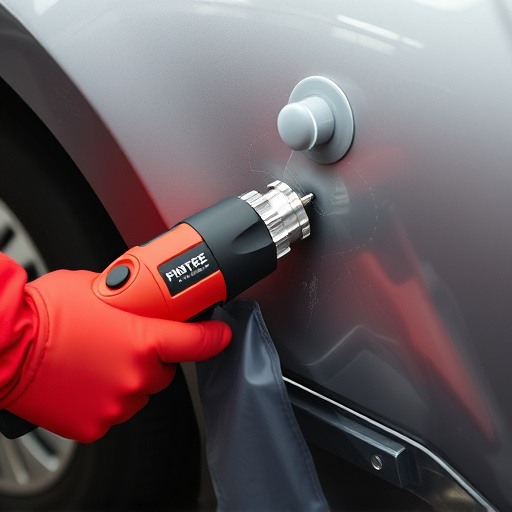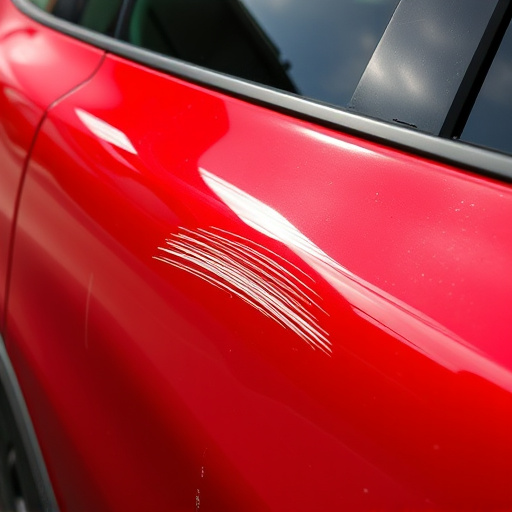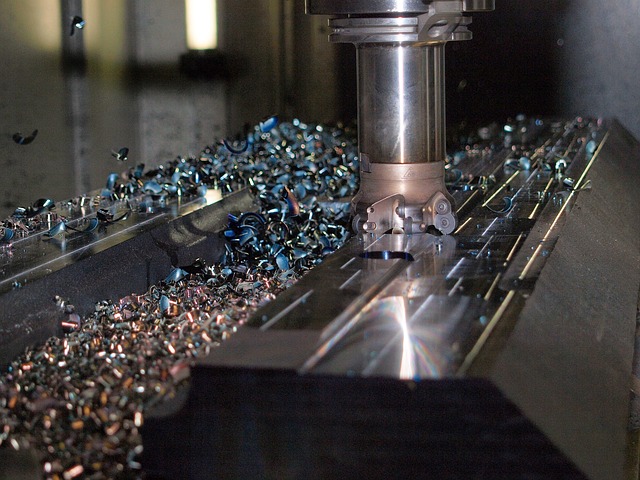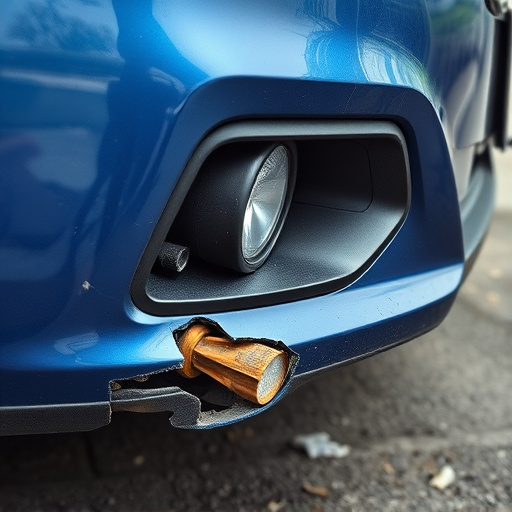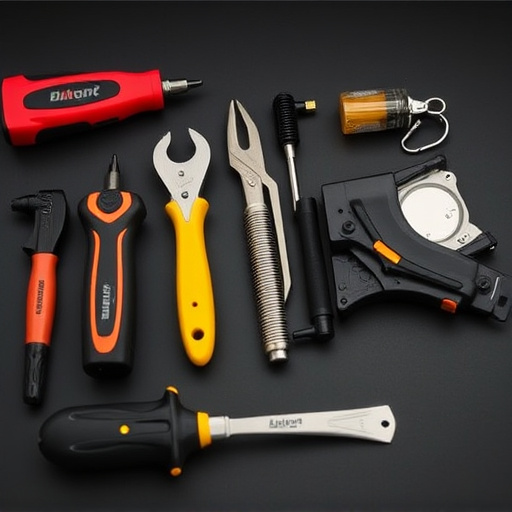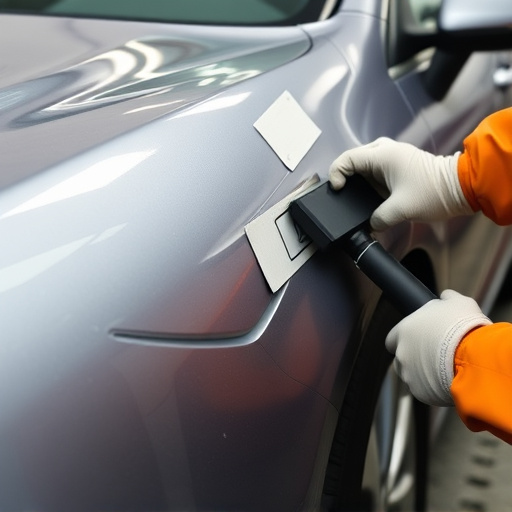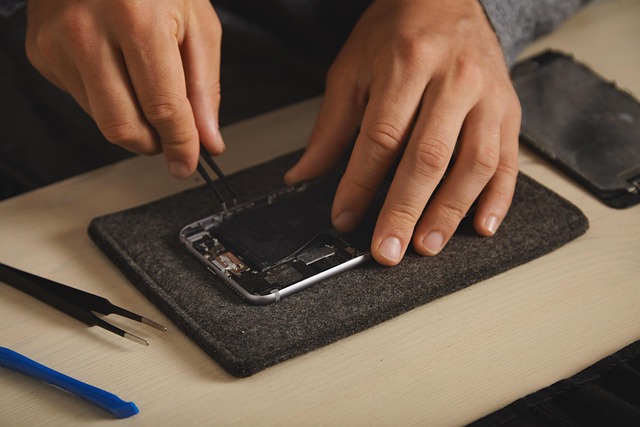Mercedes Sequential Turn Signal Systems, integrated into various Mercedes models, demand specialized Mercedes sequential turn signal repair due to their intricate electrical and mechanical design. Regular maintenance ensures optimal performance and safety by calibrating light intensity, timing, and synchronization. Repairs require a meticulous process including battery disconnection, component inspection, replacement of defective parts with genuine Mercedes spares, reassembly, and rigorous testing for seamless legal operation. Reputable vehicle repair services with expertise in collision repair and frame straightening are vital for accurate diagnosis and system recalibration.
Professional calibration is paramount for ensuring optimal performance in Mercedes’ sophisticated sequential signal systems. These advanced systems, integral to modern driving experience, demand precision adjustments for seamless operation. This comprehensive guide delves into the intricacies of understanding and calibrating these systems, highlighting their significance in maintaining safety and efficiency. From comprehending the intricate mechanics to practical repair steps, discover why professional calibration is crucial for your Mercedes sequential turn signal repair.
- Understanding Mercedes Sequential Turn Signal Systems: A Comprehensive Overview
- The Importance of Professional Calibration for Optimal Performance
- Step-by-Step Guide to Effective Mercedes Sequential Turn Signal Repair
Understanding Mercedes Sequential Turn Signal Systems: A Comprehensive Overview

Mercedes Sequential Turn Signal Systems are a sophisticated feature designed to enhance driver safety and visibility on the road. These systems, found in various Mercedes models, utilize a series of flashing lights to indicate turns, providing other drivers with clear, advanced warning. The intricate mechanism involves precise coordination between the vehicle’s electrical system, lighting components, and sensors. Understanding how these systems operate is crucial for effective Mercedes sequential turn signal repair when issues arise.
When it comes to troubleshooting and repairing these complex systems, specialized knowledge and skills are essential. Vehicle repair services that offer expertise in car collision repair, including frame straightening, can ensure the proper calibration and functionality of the Mercedes sequential turn signals. This involves a deep understanding of the system’s components, such as the control units, relays, and sensors, to identify and rectify any defects, ensuring drivers have reliable turn signal operation for their safety and peace of mind on every journey.
The Importance of Professional Calibration for Optimal Performance

For Mercedes vehicles, achieving optimal performance from sequential turn signal systems is paramount for both safety and aesthetic appeal. Professional calibration plays a crucial role in ensuring these advanced lighting systems function at their best. Through precise adjustments, technicians can fine-tune the intensity, timing, and synchronization of each individual light within the sequence, resulting in a seamless and eye-catching display.
Regular calibration is essential to counter the effects of normal wear and tear on vehicle bodywork, as well as any adjustments made during auto detailing or auto body painting processes. By maintaining proper calibration, drivers can experience enhanced visibility when turning, reducing the risk of accidents. Moreover, it guarantees that the turn signals remain consistent with the vehicle’s original design and specifications, preserving its overall allure and value.
Step-by-Step Guide to Effective Mercedes Sequential Turn Signal Repair

Repairs for Mercedes sequential turn signals should be undertaken with precision and a systematic approach to ensure optimal functionality and safety. Here’s a step-by-step guide for effective Mercedes sequential turn signal repair:
1. Safety First: Begin by ensuring the vehicle is parked on a level surface, engage the parking brake, and disconnect the battery to avoid any accidents or damage during the repair process. This step is crucial for both your safety and that of others around you.
2. Inspect and Diagnose: Carefully inspect all components related to the turn signals, including bulbs, wires, connectors, and switch mechanisms. Look for signs of damage, corrosion, or loose connections. Using a multimeter can help diagnose any faulty wiring by measuring voltage and resistance at different points in the circuit. This step is vital to pinpointing the source of any malfunction.
3. Replace Defective Parts: If any components are found damaged or defective, replace them with genuine Mercedes parts for guaranteed compatibility and performance. This includes replacing burnt-out bulbs, frayed wires, or worn-out switches. Car bodywork services often provide these replacement parts and can assist in the installation if needed.
4. Reassemble and Test: Once all components have been replaced, carefully reassemble the turn signal system, ensuring each part is correctly aligned and secured. After reassembly, conduct thorough testing by operating the turn signals to verify their functionality and proper sequencing.
5. Adjust as Necessary: If the turn signals still exhibit issues after replacement, adjustments might be required. This could involve fine-tuning the timing of the signal sequence or ensuring proper alignment of the signal light housing. A vehicle body shop with experienced technicians can provide these precise adjustments, ensuring your Mercedes’ turn signals operate seamlessly and legally.
Professional calibration is an essential aspect of maintaining and repairing Mercedes sequential turn signal systems. By ensuring precise adjustments, technicians can optimize performance, enhance safety, and deliver a seamless driving experience. With proper care and regular calibration, these advanced lighting systems will function optimally, contributing to the overall reliability and longevity of Mercedes vehicles. For anyone involved in Mercedes sequential turn signal repair, understanding and adhering to professional calibration standards is paramount.




